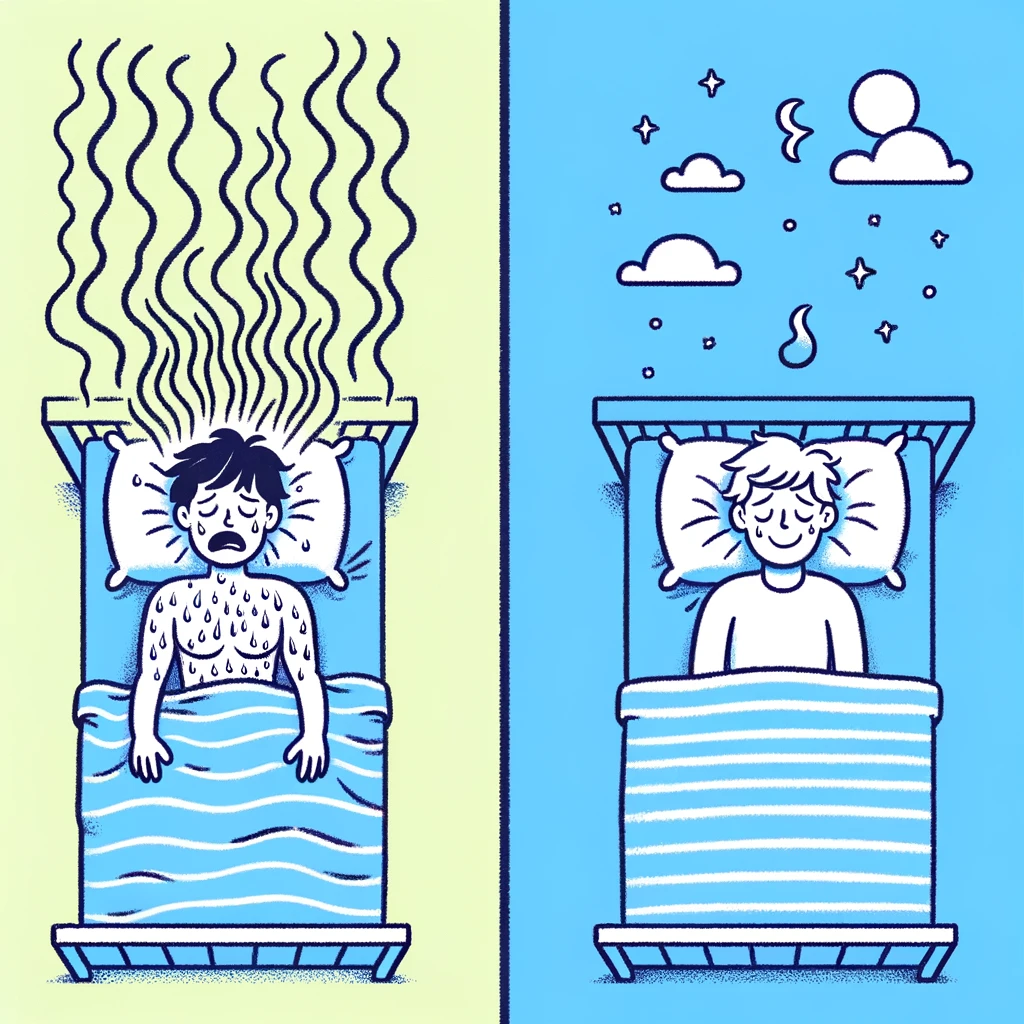What happens if the air in your home is too dry? Is there a connection between dry indoor air and health? Here’s how to increase indoor moisture levels.
Winter season humidity is different from the warmer months, and it poses problems and discomfort. Learn how to moisten winter indoor air.
It’s difficult to determine the ideal indoor humidity range for the summer season. Here are our recommendations and several indoor air quality solutions that will help.


If you’re curious about improving your indoor air quality or have concerns about your current environment, local IAQ professionals are here to help.
They have the expertise to guide you towards a healthier, fresher living space.
